Vitamin D is an essential hormone needed for normal calcium and phosphate homeostasis (Figure 1). Unfortunately, over 100 million Americans, including children, have a vitamin D deficiency.
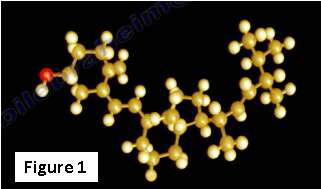
Vitamin D is important for proper maturation and development of bone (Figure 2). The importance of vitamin D is also discussed in immunity, cancer and other conditions. Some people claim vitamin D to be a miracle hormone. Vitamin D is essential for the strength of the bone because it helps the body use calcium from the diet. The main action of vitamin D is absorption of calcium and phosphate from the intestines.
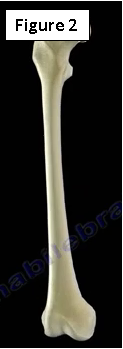
Where does Vitamin D come from?
Vitamin D comes from diet and exposure to the sun! Vitamin D is naturally found in fish (Figure 3). Both vitamin D from diet and converted by sunlight are not biologically active and need to be activated before achieving all of its function.

What foods are rich in vitamin D?
Cod liver oil is the best source of vitamin D, but it tastes very bad. Fish such as salmon, tuna, swordfish and oysters also contain vitamin D (you need to consume large volume to meet the required amount). Other foods that contain vitamin D are ham, salami, sausages, fortified cereals, mushrooms, eggs, dairy products such as milk and cheese (not a significant amount of vitamin D) and supplements (Figure 4).
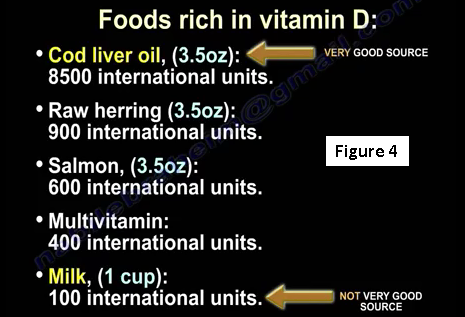
Vitamin D from the sun
Known as the sunshine vitamin, vitamin D is produced by the body in response to the skin being exposed to sunlight. Cholesterol derived precursor (pro-vitamin D3) is formed in the liver and stored in the skin (Figure 5). Pro-Vitamin D is activated by ultraviolet light, yet it still requires more steps for activation. Ten to fifteen minutes per day is enough exposure for light skinned individuals. Darker skinned individuals need more exposure. If you are in the sun for 15 minutes, you may get about 10,000 units of vitamin D.
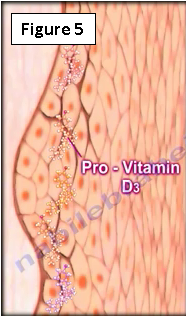
How does metabolic activation occur?
Metabolic activation occurs by adding two hydroxyl groups. One is at carbon 25 in the liver and one carbon at the carbon 1 in the kidney (Figure 6). Hydroxylation to 25 vitamin D3 occurs in the liver. The big organ takes the big number. Another hydroxylation occurs in the kidneys. The small organ takes the small number. This is the active form of vitamin D and works mainly on the intestines and bones.
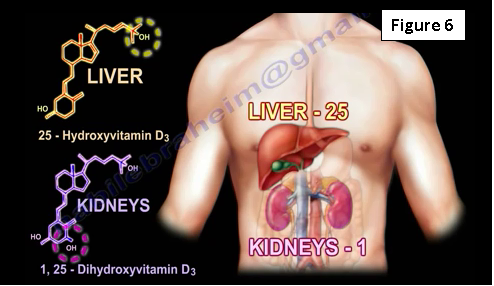
Activation of vitamin D is controlled by the PTH hormone (parathyroid hormone). Any problem with this activation process of vitamin D will lead to deficiency due to an insufficient diet, lack of sun exposure, liver or kidney disease. Dilantin impairs metabolism of vitamin D in the liver.
Once the vitamin D is activated in the kidneys it is then carries by a carrier with vitamin D binding protein to its target tissue (Figure 7). The target cells have receptors and vitamin D is bound to these receptors which lead to conformational changes in the nucleus.
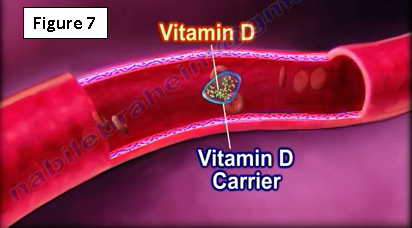
The receptors are found in the intestines, the bones and maybe in the kidneys. The primary function of vitamin D is absorption of calcium and phosphates from the intestines (Figure 8).
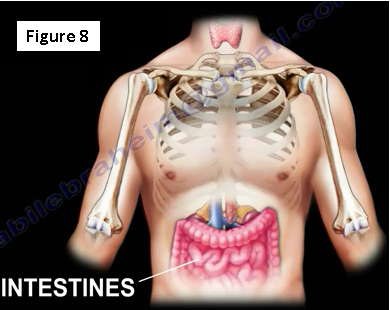
Vitamin D influences activity of the cells that remodel and build bone. 1,25 dihydroxy vitamin D stimulates RANKL expression RANKL (ligand) is secreted by osteoblasts and binds to the RANK receptor on osteoclast precursor and mature osteoclast cells. Osteoclast activation stimulated bone resorption.
In the kidneys, vitamin D helps in regulation of calcium absorption in the tubules (Figure 9).

The parathyroid glans are on the back side of the thyroid gland (Figure 10). Elevated vitamin D decreases the formation of the parathyroid hormone. The parathyroid hormone stimulates the conversion of 25 vitamin D3 to 1,25 hydroxyvitamin D in the proximal tubules of the kidneys by stimulating 1α-hydroxylase enzymes.
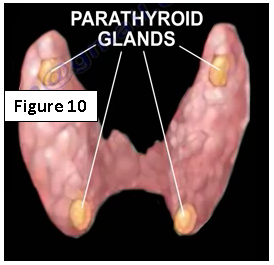
Receptors are also found in the cardiovascular and immune systems (Figure 11). The stimuli that release 1,25 vitamin D are a low serum calcium concentration, low serum phosphate concentration and elevated PTH levels.
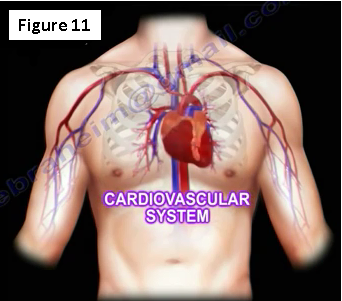
The factors that inhibit the production of vitamin D3 are decreased parathyroid hormones, elevated serum calcium and an elevated serum phosphate.
The net effects of vitamin D on plasma calcium and phosphate concentration are an increased plasma calcium and increased plasma phosphate.
Rickets
Rickets can occur in children. There are three types of rickets related to vitamin D; vitamin D deficient, vitamin D dependent and vitamin D resistant (Figure 12).
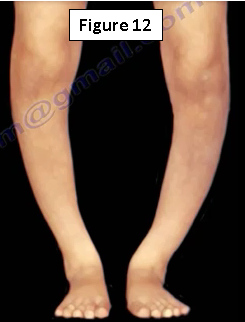
Osteomalacia
Osteomalacia is another metabolic disease that occurs in adults and is caused by defective mineralization. It can occur from a vitamin D deficiency. The patient will have a large amount of unmineralized bone. In osteomalacia, the quality of the bone is affected. In osteoporosis, the quantity of the bone is affected.
For more information on vitamins, follow the links below:
For more information, visit my YouTube Channel:
